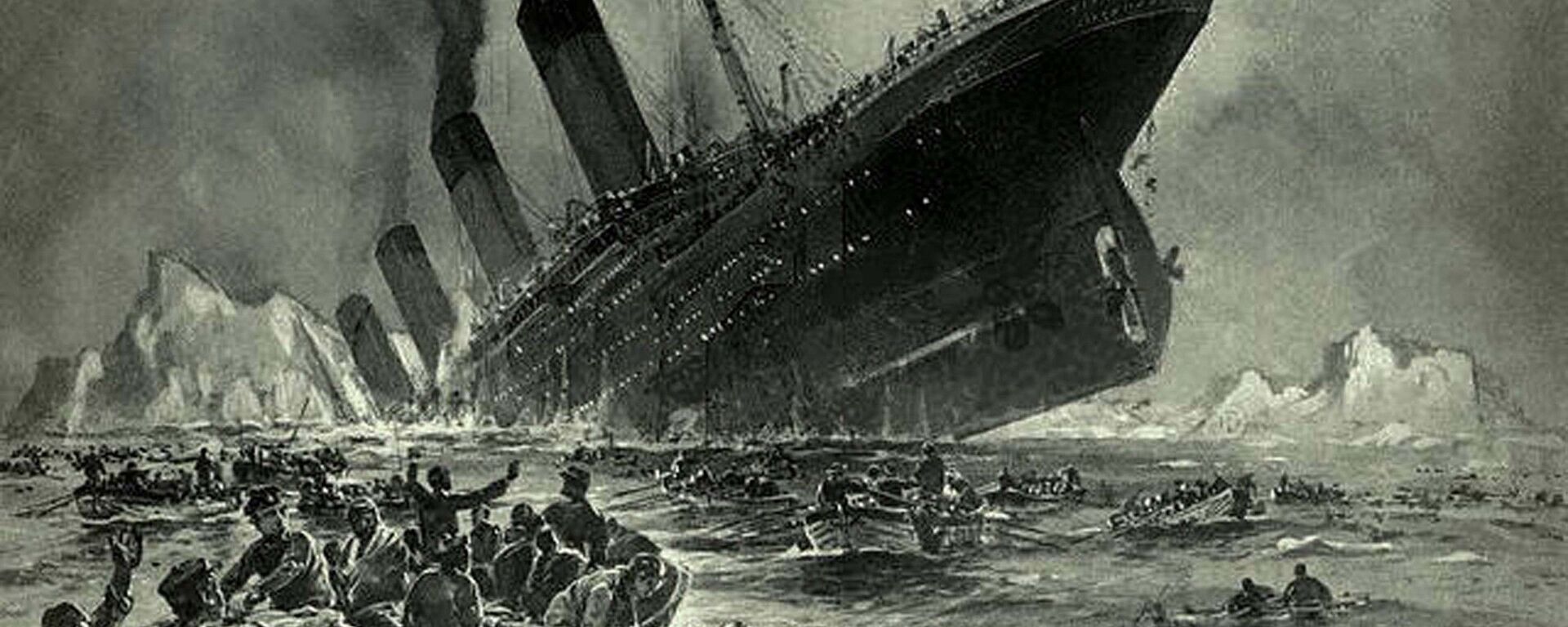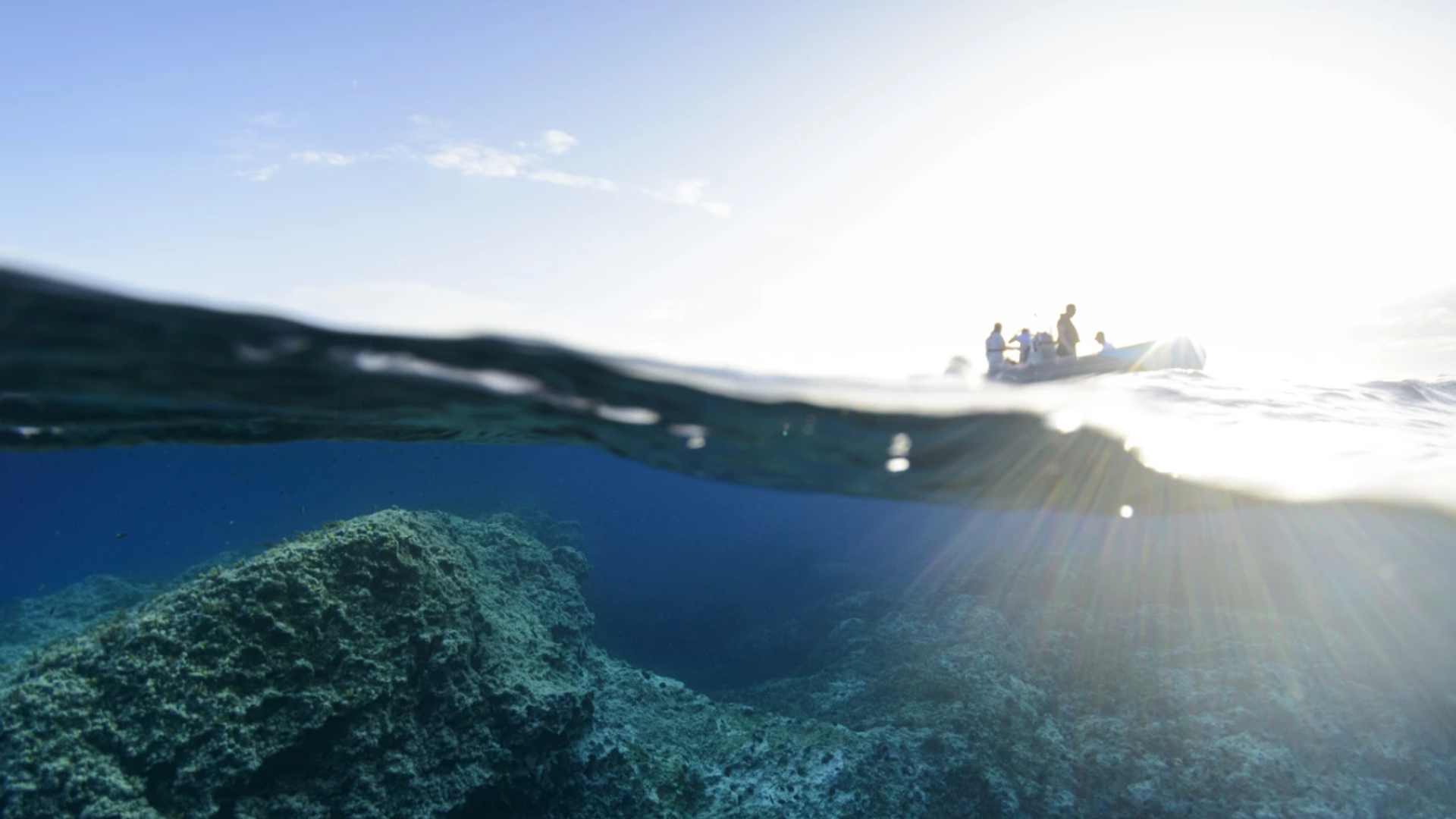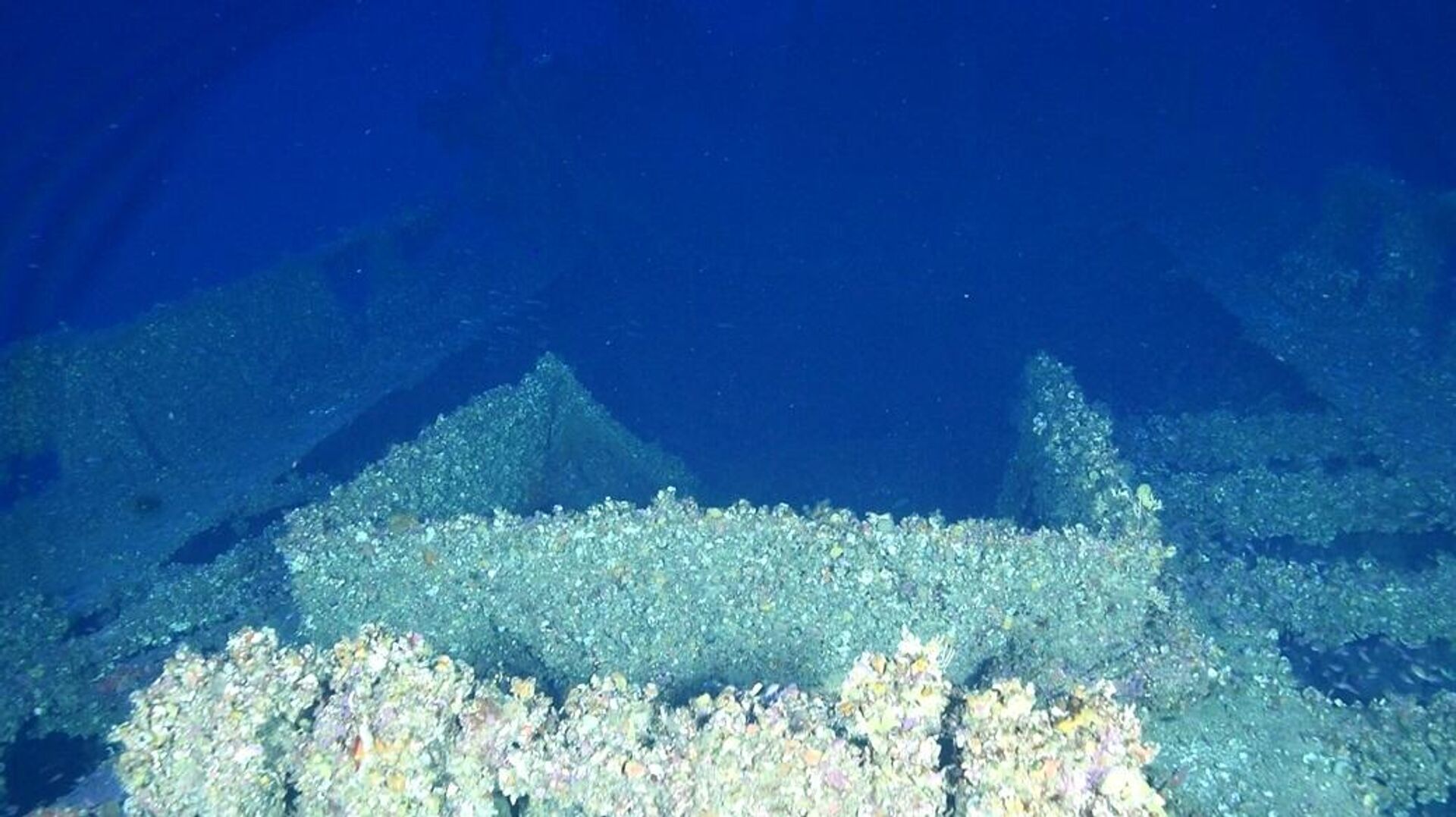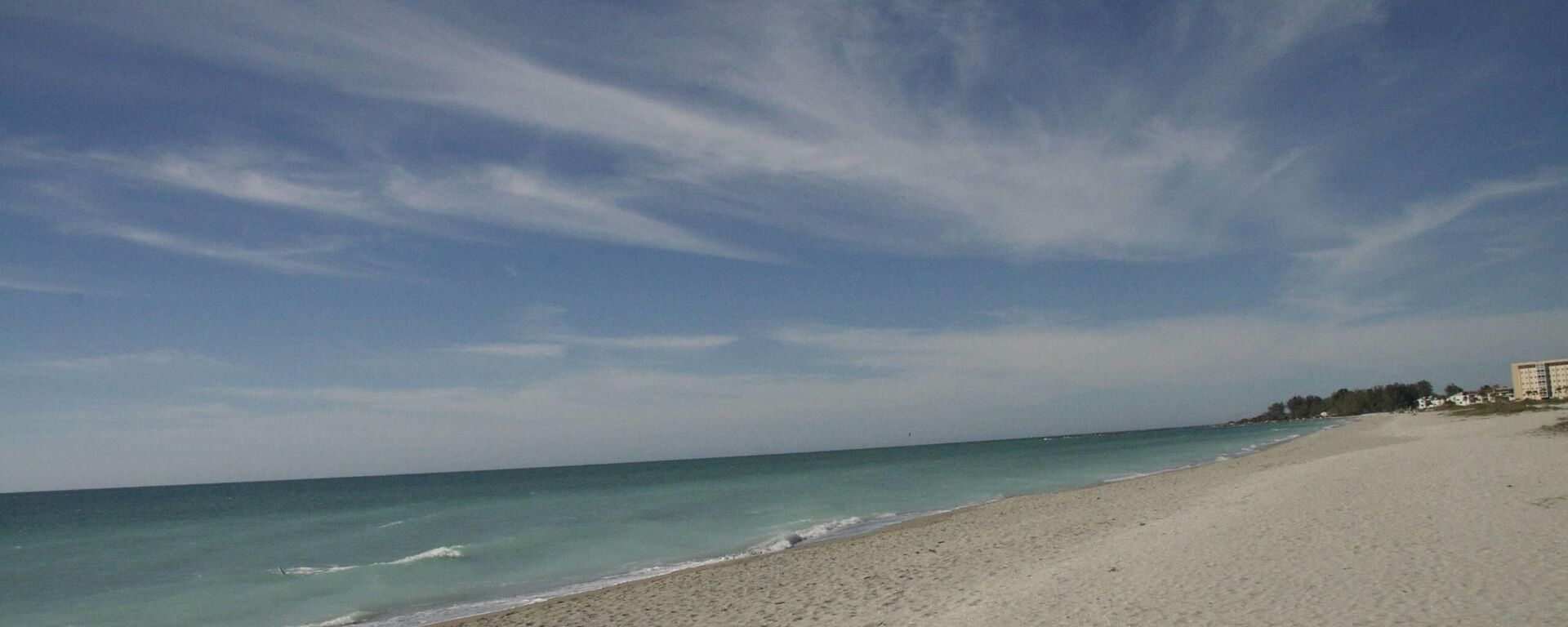https://sputnikglobe.com/20230609/archaeologists-uncover-three-new-mediterranean-shipwrecks-in-keith-reef-1111017854.html
Archaeologists Uncover Three New Mediterranean Shipwrecks in Keith Reef
Archaeologists Uncover Three New Mediterranean Shipwrecks in Keith Reef
Sputnik International
Using advanced technology and coordination under UNESCO, the team of international archaeologists from eight Mediterranean countries discovered three new wrecks, shedding light on the rich maritime history of the region.
2023-06-09T01:50+0000
2023-06-09T01:50+0000
2023-06-09T01:50+0000
beyond politics
science & tech
unesco
tunisia
ship wreckage
history
https://cdn1.img.sputnikglobe.com/img/07e7/06/09/1111017558_0:38:1329:786_1920x0_80_0_0_1b9e6288f420e0eb72f0e7b5155a19dd.png
Using advanced technology and coordination under UNESCO, a team of international archaeologists from eight Mediterranean countries discovered three new wrecks, shedding light on the rich maritime history of the region.Archaeologists involved in the discovery hail from eight Mediterranean countries, including Algeria, Croatia, Egypt, France, Italy, Morocco, Spain, and Tunisia. Coordinated by UNESCO, the team discovered the new specimen not far from three previously known Roman wrecks.The mission's purpose was to survey the Skerki Bank and identify archaeological remains, rather than recovering artifacts. The researchers used multibeam sonar and remotely-operated underwater vehicles (ROVs) to map the seafloor and investigate the wrecks located off Tunisia and Sicily.The newly-discovered shipwrecks were found near Keith Reef, a treacherous region of the Skerki Bank situated between Sicily and Tunisia. The area has often proved to be a challenging route for ships to navigate due to its shallow depths.The wrecks discovered provide evidence of past ship failures and looting activities, a feat which highlights the significance of ongoing efforts to protect and learn from the historical artifacts.During the mission, the team examined two wrecks from the late 19th or early 20th century, one measuring 242 feet (74 meters) and the other 50 feet (15 meters), as well as a 50-foot ancient merchant vessel.Additionally, they investigated three Roman wrecks off the coast of Italy, including two 1st-century merchant vessels carrying amphorae, stone, ceramics, and common wares, and a 1st-century BCE cargo ship with similar cargo.Advancements in technology have greatly aided maritime archaeologists in imaging and documenting underwater sites, regardless of their depth. The recent exploration missions have showcased the ability to produce detailed 3D models of wreckages such as the Titanic.The findings reinforce the cultural heritage that lies preserved beneath the sea's surface and emphasizes the need for their protection. The collaborative effort between Mediterranean nations demonstrates the commitment to exploring and safeguarding maritime history in the region.
https://sputnikglobe.com/20220929/ship-that-tried-to-warn-the-titanic-found-on-the-bottom-of-irish-sea-1101346058.html
https://sputnikglobe.com/20230429/19th-century-florida-shipwreck-sees-day-of-light-thanks-to-storm-erosion-1109936479.html
tunisia
Sputnik International
feedback@sputniknews.com
+74956456601
MIA „Rossiya Segodnya“
2023
News
en_EN
Sputnik International
feedback@sputniknews.com
+74956456601
MIA „Rossiya Segodnya“
Sputnik International
feedback@sputniknews.com
+74956456601
MIA „Rossiya Segodnya“
mediterranean sea, marine archeology, unesco, old ship wreckage, maritime history, sea treasures
mediterranean sea, marine archeology, unesco, old ship wreckage, maritime history, sea treasures
Archaeologists Uncover Three New Mediterranean Shipwrecks in Keith Reef
The research operation was coordinated by UNESCO, and saw the team make the stunning discovery near the site of three previously known Roman wrecks.
Using advanced technology and coordination under UNESCO, a team of international archaeologists from eight Mediterranean countries discovered three new wrecks, shedding light on the rich maritime history of the region.
Archaeologists involved in the discovery hail from eight Mediterranean countries, including Algeria, Croatia, Egypt, France, Italy, Morocco, Spain, and Tunisia. Coordinated by UNESCO, the team discovered the new specimen not far from three previously known Roman wrecks.
The mission's purpose was to survey the Skerki Bank and identify archaeological remains, rather than recovering artifacts. The researchers used multibeam sonar and remotely-operated underwater vehicles (ROVs) to map the seafloor and investigate the wrecks located off Tunisia and Sicily.

29 September 2022, 14:00 GMT
The newly-discovered shipwrecks were found near Keith Reef, a treacherous region of the Skerki Bank situated between Sicily and Tunisia. The area has often proved to be a challenging route for ships to navigate due to its shallow depths.
The wrecks discovered provide evidence of past ship failures and looting activities, a feat which highlights the significance of ongoing efforts to protect and learn from the historical artifacts.
"Underwater heritage is very important," UNESCO archaeologist Alison Faynot told US media. "You think it is extremely protected and unreachable and yet it is quite fragile, and just a change in the environment or seabed can have a very dangerous impact on it."
During the mission, the team examined two wrecks from the late 19th or early 20th century, one measuring 242 feet (74 meters) and the other 50 feet (15 meters), as well as a 50-foot ancient merchant vessel.
Additionally, they investigated three Roman wrecks off the coast of Italy, including two 1st-century merchant vessels carrying amphorae, stone, ceramics, and common wares, and a 1st-century BCE cargo ship with similar cargo.
Advancements in technology have greatly aided maritime archaeologists in imaging and documenting underwater sites, regardless of their depth. The recent exploration missions have showcased the ability to produce detailed 3D models of
wreckages such as the Titanic.
The findings reinforce the cultural heritage that lies preserved beneath the sea's surface and emphasizes the need for their protection. The collaborative effort between Mediterranean nations demonstrates the commitment to exploring and safeguarding maritime history in the region.





